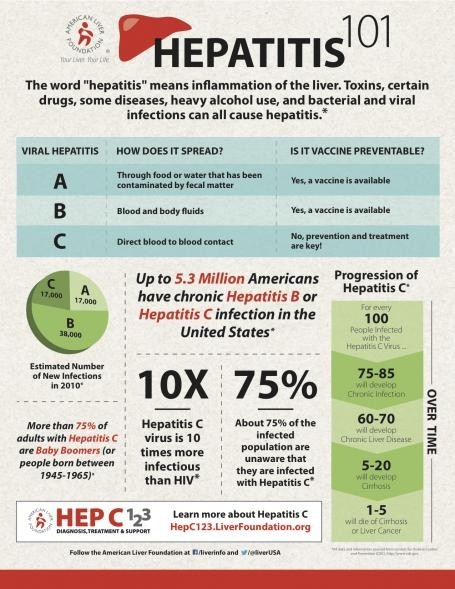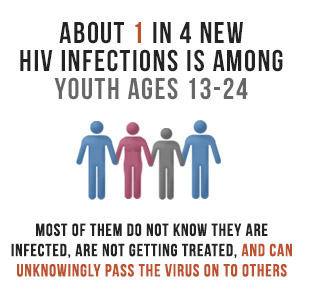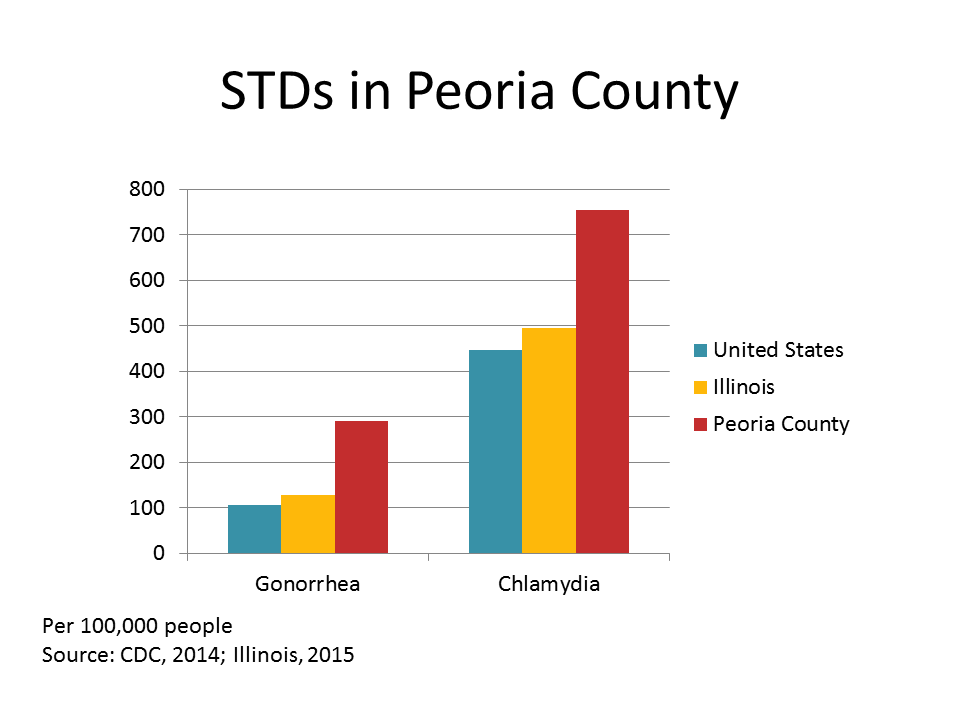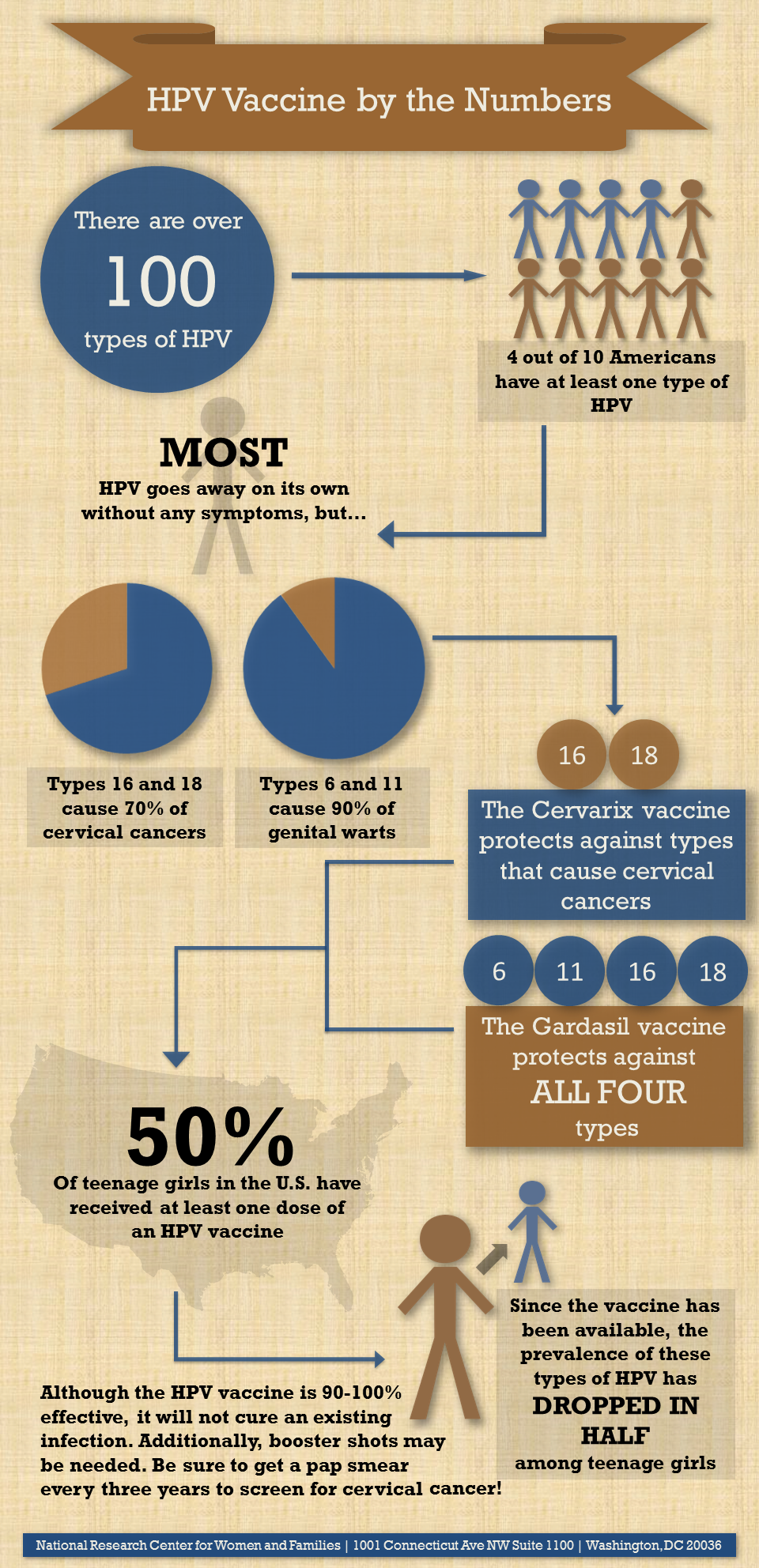Hepatitis- What is it and Why Should I Worry?
Hepatitis is an inflammation of the liver. This condition can be self-limiting (goes away, like a cold) or can lead to liver damage. Hepatitis viruses are the most common cause of hepatitis (inflammation of the liver) in the world.
What are the Different Types of Hepatitis and How Can I Avoid Them?
There are 5 types of Hepatitis: A, B, C, D, and E
Hepatitis A is transmitted (spread) through eating or drinking contaminated food or water. Most cases of Hepatitis A are mild and most people make a full recovery. Some cases can be severe and life threatening. There is a vaccine available for Hepatitis A.
Hepatitis B is transmitted from exposure to infected blood, semen, and other body fluids. Hepatitis B can also be spread from an infected mother to her infant at the time of birth or from family member to infant in early childhood. There is a vaccine that available for Hepatitis B and is a 3 step vaccination process.
Hepatitis C is transmitted through exposure to infected blood. Injection drug use is the most common way Hepatitis C is spread in the US. Needle stick injuries in health care settings is another, as well as being born to a hepatitis C infected mother. Sexual transmission is possible, but much less common. There is no vaccine for Hepatitis C.
Hepatitis D is a dual transmission and only those infected with Hepatitis B can get Hepatitis D.
Hepatitis E is similar to Hepatitis A and is transmitted through eating or drinking contaminated food or water. Vaccines are available for Hepatitis E, but they are not widely used.
For More Information, Check Out These Websites
http://www.who.int/features/qa/76/en/
http://www.cdc.gov/hepatitis/hcv/index.htm











